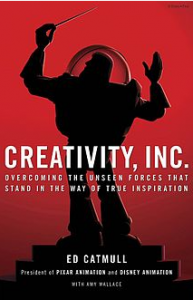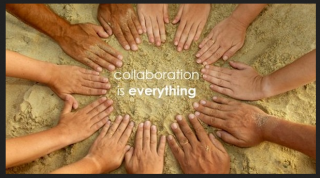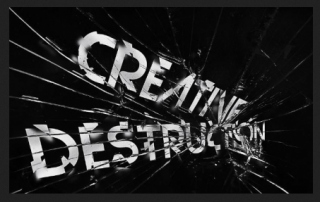A new year and new creative projects beckon, but how to fund them? Following on from the previous blog on crowdfunding this one looks at public funds available to creatives in the UK. Future blogs will look at private investment, and competitions – for up dates on current competition go to https://www.bcre8ive.eu/competitions-and-events.
A few words of warning with respect to grant funding.
a. Grants tend to be for very specific purposes, and aimed at very specific types of creator. Therefore, do not expect to find a grant for your project or try to make your creative work fit a programme it is not a fit for.
b. Grant applications take time to research, and write. Even talking at length with the grant administrator does not guarantee success. Therefore, weigh up the time commitment against your own creative output to see if it is worth it.
c. Grant applications, like competitions, work to their own timetables. Some like Grants for Arts are open all the time but this is rare. Therefore, ask yourself does the timetable work for your project?
Arts Councils
Arts Council England
Grants for the Arts programme has been running for some time and supports individuals and small groups with grants from £1000 -£100,000.
They also have a funding finder option to help you with others sources of support http://www.artscouncil.org.uk/funding/other-sources-funding#section-2
Creative Scotland
The general funding body for arts and media work in Scotland with a good weekly newsletter for opportunities opportunities.creativescotland.com
Arts Council of Wales
Funding ranging from literature to film http://www.arts.wales/what-we-do/funding/apply/individuals
Arts Council of Northern Ireland
Support for arts in Northern Ireland http://artscouncil-ni.org/funding/funding-for-individuals
Arts Council Ireland
A programme of awards ranging from street art and film to writing and dance. http://www.artscouncil.ie/available-funding/
Other Organisations
British Council
Looking for an international link up then this is probably the place to start https://www.britishcouncil.org/study-work-create/opportunity/funding-creativity
NESTA
For those with a science bent or in search of a major loan for an arts project then this isa good destination. http://www.nesta.org.uk/get-funding
Creative Skillset
Aimed at film and TV companies there are training and development opportunities via various seperate funds. http://creativeskillset.org/who_we_help/creative_businesses/funding_for_creative_businesses
Film London
Annual micro budget and short film competitions http://filmlondon.org.uk/funding
Creative England
Funding for film, games and digital projects outside London http://www.creativeengland.co.uk/about/who-we-are
The Princes Trust
If you are 18-30 the Princes Trust could advice on how to start up your creative business https://www.princes-trust.org.uk/help-for-young-people/support-starting-business
Wellcome Foundation
Grants £5,000 -£3m for health-science related arts projects https://wellcome.ac.uk/funding/public-engagement-fund
Grants for Specific Creative Work
UK Games Fund
Support for games developers http://ukgamesfund.com/uk-games-fund/
Getty Images
For photographers Getty run a series of grant competitions currently emerging talent and editorial http://wherewestand.gettyimages.com/grants/
Dorothea Lange – Paul Taylor Award
An annual grant for documentary collaborations between writers and photographers http://documentarystudies.duke.edu/awards/lange-taylor
CENTER – Advancing the photographic arts
Sante Fe based series of grants for various photographic projects http://visitcenter.org/call-for-entries/
Don Freeman Awards
Two annual awards for illustrators for children’s books in development prior to contracts http://www.scbwi.org/awards/grants/work-in-progress-grants/don-freeman-illustrator-grants/
General Grant-Aid
For European Union support check out the Creative Europe site
For a more general overall assessment of how you individually may obtain financial support they possibly try out Turn2Us
For a large list of international film and video grants check out http://videoandfilmmaker.com/wp/index.php/category/funding-2/
For a large list of international photography grants etc see https://www.david-campbell.org/photography/grants/
All the best for your applications and projects.



















